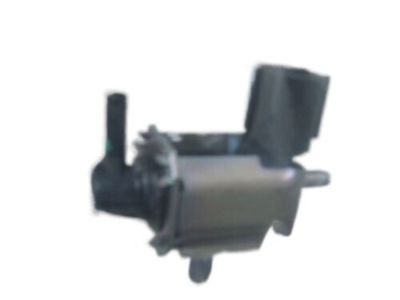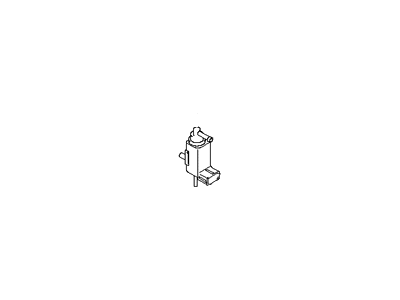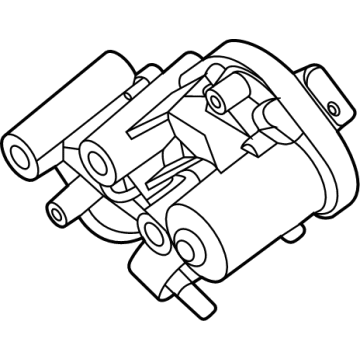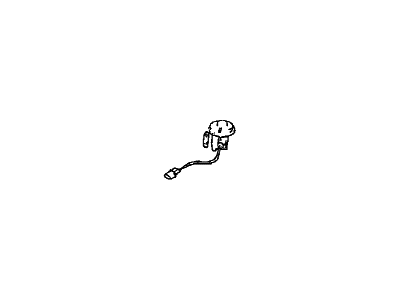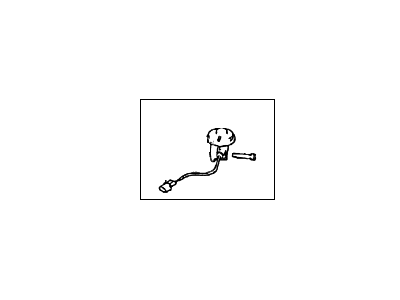×
- Hello
- Login or Register
- Quick Links
- Live Chat
- Track Order
- Parts Availability
- RMA
- Help Center
- Contact Us
- Shop for
- Hyundai Parts
- Hyundai Accessories


My Garage
My Account
Cart
Genuine Hyundai Sonata EGR Valve
Emissions EGR Valve- Select Vehicle by Model
- Select Vehicle by VIN
Select Vehicle by Model
orMake
Model
Year
Select Vehicle by VIN
For the most accurate results, select vehicle by your VIN (Vehicle Identification Number).
23 EGR Valves found

Hyundai Sonata Exhaust Gas Recirculation Solenoid Valve
Part Number: 39460-38750$107.10 MSRP: $150.47You Save: $43.37 (29%)Ships in 1-3 Business DaysHyundai Sonata Valve Assembly-EGR
Part Number: 28400-2S000$121.78 MSRP: $171.10You Save: $49.32 (29%)Ships in 1-3 Business DaysHyundai Sonata Valve Assembly-EGR
Part Number: 28410-2M419$99.15 MSRP: $139.31You Save: $40.16 (29%)Ships in 1-3 Business DaysHyundai Sonata Valve Assembly-EGR
Part Number: 28450-38210$64.18 MSRP: $90.18You Save: $26.00 (29%)Ships in 1-3 Business DaysHyundai Sonata Valve & Sensor Assembly-EGR
Part Number: 28480-33150$257.81 MSRP: $362.21You Save: $104.40 (29%)Ships in 1-3 Business DaysHyundai Sonata Valve & Sensor Assembly-EGR
Part Number: 28480-33160$257.81 MSRP: $362.21You Save: $104.40 (29%)Ships in 1-3 Business DaysHyundai Sonata Valve & Sensor Assembly-EGR
Part Number: 28480-33180$257.81 MSRP: $362.21You Save: $104.40 (29%)Ships in 1-3 Business DaysHyundai Sonata Valve & Sensor Assembly-EGR
Part Number: 28480-33190$257.81 MSRP: $362.21You Save: $104.40 (29%)Ships in 1-3 Business DaysHyundai Sonata Valve & Sensor Assembly-EGR
Part Number: 28480-35080$257.81 MSRP: $362.21You Save: $104.40 (29%)Ships in 1-3 Business DaysHyundai Sonata Valve & Sensor Assembly-EGR
Part Number: 28480-35090$257.81 MSRP: $362.21You Save: $104.40 (29%)Ships in 1-3 Business DaysHyundai Sonata Valve & Sensor Assembly-EGR
Part Number: 28480-32660$357.39 MSRP: $506.53You Save: $149.14 (30%)Ships in 1-3 Business DaysHyundai Sonata Valve & Sensor Assembly-EGR
Part Number: 28480-32680$357.39 MSRP: $506.53You Save: $149.14 (30%)Ships in 1-3 Business DaysHyundai Sonata Valve Assembly-EGR
Part Number: 28450-32610$91.86 MSRP: $129.06You Save: $37.20 (29%)Ships in 1-3 Business DaysHyundai Sonata Valve Assembly-EGR
Part Number: 28450-32620$91.86 MSRP: $129.06You Save: $37.20 (29%)Ships in 1-3 Business DaysHyundai Sonata Valve Assembly-EGR
Part Number: 28450-32630$91.86 MSRP: $129.06You Save: $37.20 (29%)Ships in 1-3 Business DaysHyundai Sonata Valve Assembly-EGR
Part Number: 28450-32710$91.86 MSRP: $129.06You Save: $37.20 (29%)Ships in 1-3 Business DaysHyundai Sonata Valve Assembly-EGR
Part Number: 28450-32730$91.86 MSRP: $129.06You Save: $37.20 (29%)Ships in 1-3 Business DaysHyundai Sonata Valve Assembly-EGR
Part Number: 28450-33260$91.86 MSRP: $129.06You Save: $37.20 (29%)Ships in 1-3 Business DaysHyundai Sonata Valve Assembly-EGR
Part Number: 28450-35030$91.86 MSRP: $129.06You Save: $37.20 (29%)Ships in 1-3 Business DaysHyundai Sonata Valve Assembly-EGR
Part Number: 28450-35040$91.86 MSRP: $129.06You Save: $37.20 (29%)Ships in 1-3 Business Days
| Page 1 of 2 |Next >
1-20 of 23 Results
Hyundai Sonata EGR Valve
If you are looking for affordable high-quality OEM Hyundai Sonata EGR Valve, then you have come to the prime place. Our website provides a large amount of genuine Hyundai Sonata EGR Valve at unbeatable prices. All our parts come backed with the manufacturer's warranty.
Hyundai Sonata EGR Valve Parts Questions & Experts Answers
- Q: How to Replace the EGR Valve and MAP Sensor on Hyundai Sonata?A:The EGR system is applied only for the four-cylinder cars from 1999 to 2005, where, through the EGR valve, the part of the exhaust gases gets to the intake manifold to decrease the combustion temperature and, thusly, the emission of nitrogen oxides. These are the EGR valve, EGR vacuum solenoid valve, manifold absolute pressure (MAP) sensor, the powertrain control module (PCM), vacuum hoses and wires; the position of the EGR valve is controlled by vacuum through the EGR vacuum solenoid valve through signal from the PCM, while the MAP sensor supplies sufficient information for EGR functioning. To perform replacement on an EGR valve, first, remove the engine cover to do this, remove the vacuum hose, and remove the bolts holding the valve in order to lift it up; check for excessive stick and if there is a lot of dark black Karbon deposit then it is advisable to replace. Turn the supply air vacuum control solenoid valve near the valve cover counter clockwise and remove it together with the vacuum harness and a couple of hoses you may label if necessary and the bolts. The class installation process is the reverse of this for both of the components. The MAP sensor is situated at the rear side of the intake manifold, and its function is to provide information to the PCM only and it doesn't control the common engine operations; to remove this component, the wiring harness and vacuum connections need to be disconnected, and then the unit can be unbolted, while the installation process requires the reversed steps.
Related Hyundai Sonata Parts
Browse by Year
2023 EGR Valve 2022 EGR Valve 2021 EGR Valve 2020 EGR Valve 2005 EGR Valve 2004 EGR Valve 2003 EGR Valve 2002 EGR Valve 2001 EGR Valve 2000 EGR Valve 1999 EGR Valve 1998 EGR Valve 1997 EGR Valve 1996 EGR Valve 1995 EGR Valve 1994 EGR Valve 1993 EGR Valve 1992 EGR Valve 1991 EGR Valve 1990 EGR Valve 1989 EGR Valve 1988 EGR Valve
